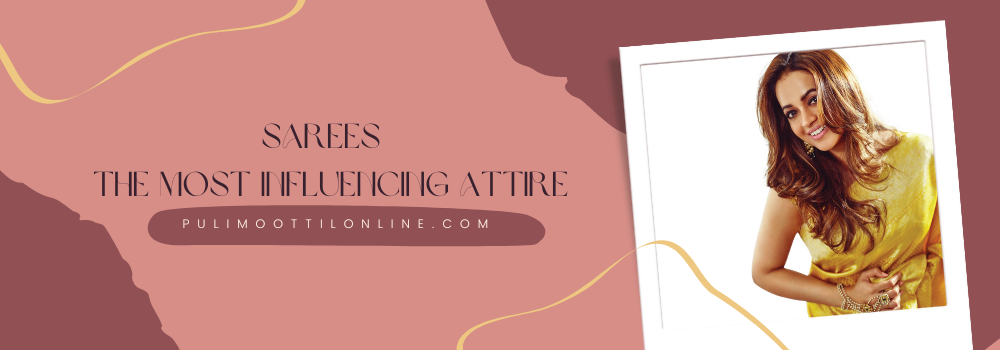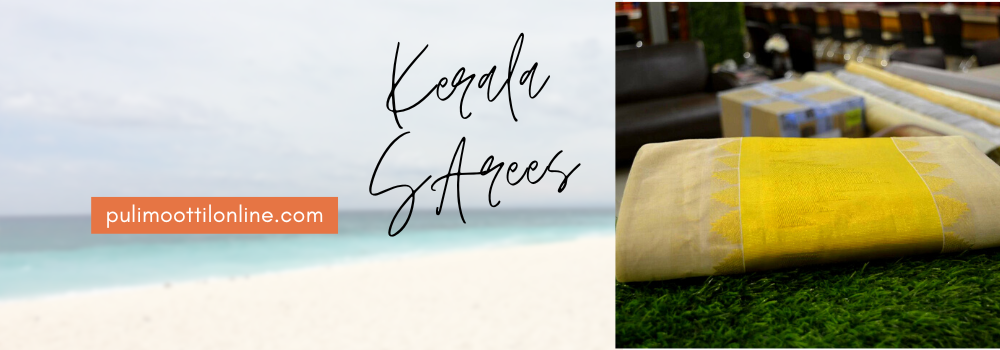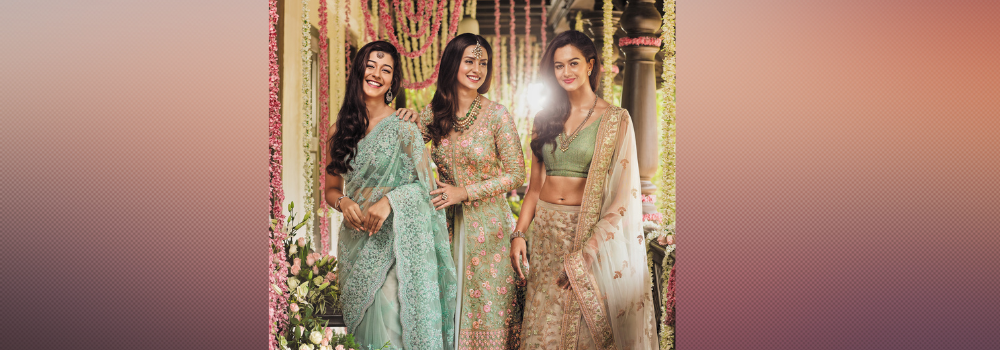
Sarees - The Most Influencing Attire
We are all aware that India is a diverse country with numerous cultural manifestations. Indian culture is a mash-up of various cultures from various castes, faiths, regions, etc. Different groups of people from various cultures live together and assist one another in forming a single civilisation!
Each culture has its traditional dress style. Of several traditional Indian clothes, the saree is the most popular among Indian women. The saree is India's oldest traditional garment.
Also, nowadays, people have started to buy sarees online so they can get beautiful ones at their doorsteps!
History Behind The Sarees
The saree (sometimes spelled sari) is a traditional garment worn by Indians, Sri Lankans, Pakistanis, Bangladeshis, and Nepalese. It might be a family treasure or a simple piece of ordinary clothing that has affected fashion designers worldwide and may be seen on the streets and runways. Here are nine saree facts you may not even know, as seen through the perspective of an Indian.
The saree has historically been defined as a single unstitched piece of cloth with heavier sections to enable it to drape correctly. Its border (akin to a hem) and 'pallu' might be more densely woven.
Textiles woven by mill or just by hand, frequently with one uniform density, are now included in its description. The term 'saree' has also developed to include modern materials like cotton, silk, and synthetic fibre, among others.
Every state in India has its unique version of the classic saree, be it Kerala or Mysore. Indian sarees are the most popular and gorgeous in the rest of the globe. Sarees come in various styles, depending on their construction, design, and location. It may be tough to accommodate all the different varieties of sarees.
Nowadays, you can even do online saree shopping without worrying about the quality of material used in the sarees.
Adoption Of Sarees By Various Religions
Since India has such a diverse cultural landscape, many Indian Christian women decide to wear a simple white saree with an off-white blouse rather than their conventional Christian wedding gown. The tip of the saree is usually made of the same saree material and covers the head.
A South Indian Christian wedding traditionally dresses in bright colours, such as red, green, or yellow.
Benaras and Bangalore are well-known for their Mysore Silk bridal sarees. Cotton Handloom Sarees from Kolkata and Kerala are also trendy. And if you don't have time to go bridal dress shopping, you can easily buy wedding sarees online.
5 Facts You Need To Know About Sarees
Easy To Wear
Cooking something or even sending an email is more like wearing a saree. It has the look and connotation of being difficult to put on, yet any of the millions of women who wears one every day will tell you that it is not. The saree is viewed as an egalitarian garment that cuts across socioeconomic lines.
No Petticoat And Blouse
If you didn't know, when it came to donning a saree, there was no such thing as a blouse or petticoats. Women used to wrap sarees over themselves even when they weren't wearing them. Blouses and dresses did not become fashionable until the colonial period.
Exposing one's chest was deemed immoral during the Victorian era, and this sense of what is and is not ethical was pushed on colonies, including India.
100 Ways Of Draping Saree
Yes, you read it correctly—there are over 100 ways to wear a saree. Because of variances in geography and history across and within countries, there are so many variants. Take India, for instance; the country's many traditions have shaped the way sarees are worn.
So, whenever you wear a saree, remember that there is no one-size-fits-all approach.
Colours Have A Meaning
The colour of a saree used to be quite essential, and it still is, albeit not to the same extent.
A Hindu widow, for example, wears a white saree to symbolise her state of grief. Red is a traditional colour for weddings and is also connected with fertility. Yellow sarees are used during ascetic rituals and also during postpartum time. The colour black is considered to symbolise grief, and you'll note that it's not commonly utilised in sarees.
Motifs Are Everything
sarees patterns are historically significant since each design signifies something different. Elephant designs, which are associated with water and monarchy, may be found on numerous sarees. Patterns with parrots, on the other hand, are symbolic of passion.
Fish designs may also be found on sarees, symbolic of ingenuity and fertility. It's worth noting that, as times change, so do designs. Floral designs on sarees are becoming a lot popular these days. Modern techniques have also been incorporated into the mix.
Final Thoughts
With its beautiful forms of draping and pattern, the saree is the most adaptable drape. The saree is India's traditional clothing, which varies by location in terms of material, drape, and design. This has also progressed to an international draping style adopted by top designers during fashion shows. Indian fashion is highly vibrant and is here to stay regardless of the decade or century.
Since it is not only comfortable, functional, and aesthetically pleasing, but it has evolved through time, resulting in it remaining contemporary in the previous century and the next one, which is why the turn of the century entices us to fantasise and reflect on the past.


